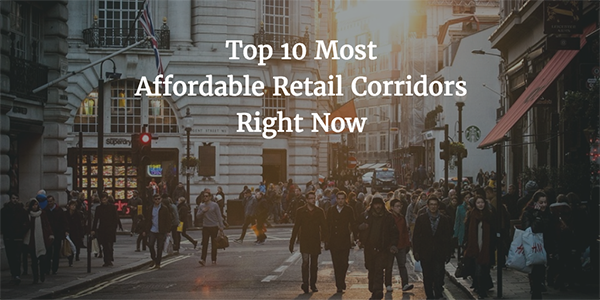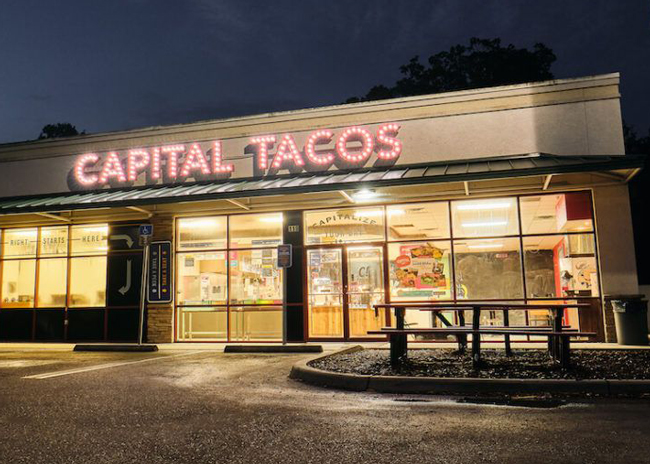JLL launched its inaugural City Retail report, which revealed the 10 most affordable and desirable retail corridors in the United States based on average asking rent per square foot.
The list includes shopping districts with growing populations of working Millennials, rising foodie scenes and trendy mixes of up-and-coming retailers and well-known brands.
According to JLL, prime rents in these 10 corridors are the most affordable on a per-square-foot basis:
- Market East, Philadelphia: Once home to vacant lots and failed fortress malls, Market East now attracts large-format retailers looking to tap into the swelling Millennial and empty-nest population. Market East's average asking prime retail rent is $50 per square foot, with annual rent growth of 25 percent.
- Wicker Park, Chicago: This edgy, off-the-beaten path foodie destination is seeing an uptick in residential development, piquing international investor and retailer interest. Wicker Park's average asking prime retail rent is $55 per square foot, with annual rent growth of 4.5 percent.
- Pike Street, Seattle: Filled with a stable collection of apparel and restaurants, Pike Street serves Seattle's CBD and is expanding east toward Capitol Hill with new restaurants. Pike Street's average asking prime retail rent is $65 per square foot, with annual rent growth of 18.2 percent.
- Fulton Market, Chicago: Once a hub for industrial and meat distribution, Fulton Market in the West Loop submarket is known for its killer restaurant scene but is now garnering attention from apparel retailers and investors as it becomes a growth market for corporate headquarters. Average asking prime retail rent is $75 per square foot, with annual rent growth of 8.9 percent.
- The Marina, San Francisco: This corridor has seen a spike of athleisure and boutique fitness studios, adding to its long-standing assortment of neighborhood retail and restaurants. The average asking prime retail rent is $85 per square foot, with annual rent growth of 7.7 percent.
- University Avenue, Silicon Valley: Palo Alto's tech boom is creating a retail sea change with more non-chain boutiques and home goods stores moving in to University Avenue. The average asking prime retail rent is $90 per square foot, with annual rent growth of 7.9 percent.
- Hayes Valley, San Francisco: Opportunities for investment and new storefronts in Hayes Valley is shrinking as housing values increase and entertainment venues play host to tourists. The average prime asking retail rent is $90 per square foot, with annual rent growth of 4.7 percent.
- Design District, Miami: Textile and furniture factories once lined the Design District, which is now a curated assortment of luxury retailers, art galleries and restaurants. Phase II of development will add 60 new tenants to the market. The average prime asking retail rent is $95 per square foot, with annual rent growth of 2.2 percent.
- Metro Center, Washington, D.C.: Well positioned between the White House and Chinatown, Metro Center is where people go to shop at well-known brands and discount retailers. The average asking prime retail rent is $100 per square foot, with annual rent growth remaining flat.
- Fillmore, San Francisco: It's been eight years since the transformation of the Fillmore corridor started, and today luxury lite retailers are dominating the retail scene. The average asking prime retail rent is $115 per square foot, with annual rent growth of 13.6 percent.
Prime Urban Retail Corridors are the New High Streets
High streets – main strips of high end retail, like Chicago’s Michigan Avenue or California’s Rodeo Drive – have been top targets for investors for years. But shopping districts now stretch beyond a linear street, creating corridors with mixes of brands, restaurants and entertainment.
“We expect the value of real estate in these select corridors to rise over the long-term, and retailers to remain vigilant in their expansions. But, as competition rises and consumer buying habits shift, retailers will search for opportunities to get more bang for their buck,” concluded James Cook, director of retail research, JLL.



